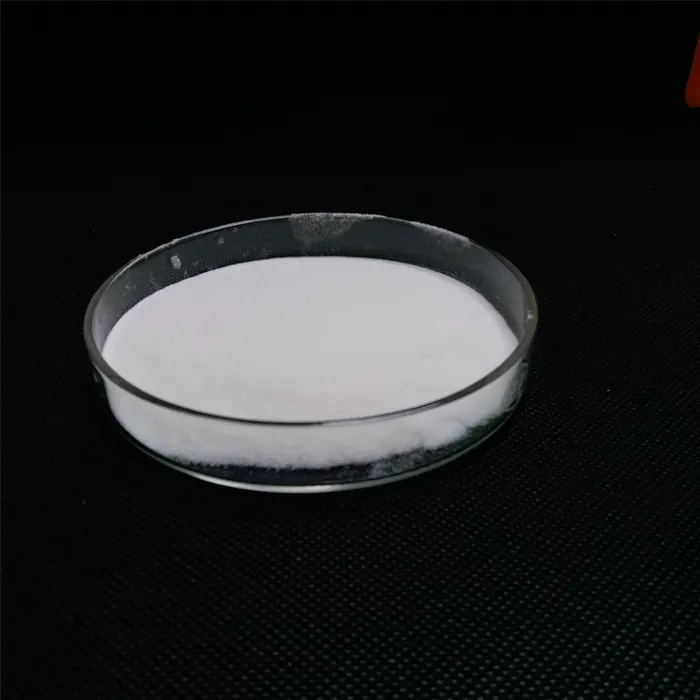Understanding API Abbreviations in the Pharmaceutical Industry
In the constantly evolving landscape of the pharmaceutical industry, abbreviations play a crucial role in streamlining communication and documentation. One such vital abbreviation is API, which stands for Active Pharmaceutical Ingredient. This term may seem straightforward, but its implications and relevance are profound. Let’s explore what API means, its significance in the pharmaceutical field, and why it is a cornerstone of drug development and manufacturing.
What is an API?
An Active Pharmaceutical Ingredient (API) is the substance in a pharmaceutical drug that is biologically active. In simpler terms, it is the ingredient that produces the intended therapeutic effect in the body. For instance, in a pain reliever like ibuprofen, ibuprofen itself is the API that alleviates pain and inflammation. While APIs can be derived from natural sources, such as plants or animals, they can also be synthesized through chemical processes. The quality and purity of the API are crucial, as they directly influence the safety and efficacy of the final medicinal product.
The Role of APIs in Drug Development
The journey of a new drug begins with the selection and development of its API. This is often a lengthy and complex process that involves extensive research and testing. Scientists work to identify potential compounds that could yield the desired therapeutic effects. Once a promising candidate is found, it undergoes rigorous preclinical and clinical trials to assess its safety, effectiveness, and potential side effects.
During this phase, the formulation of the API into a suitable dosage form (like tablets, capsules, or injectables) is also considered. The manufacturing process must ensure that the API maintains its integrity and functions as intended. Various physicochemical properties, such as solubility and stability, are evaluated to optimize the formulation.
API Production and Regulation
The production of APIs is highly regulated due to the inherent risks associated with pharmaceutical manufacturing. Regulatory bodies such as the U.S. Food and Drug Administration (FDA) and the European Medicines Agency (EMA) enforce strict guidelines to ensure that APIs are produced in a controlled environment, following the principles of Good Manufacturing Practice (GMP).
api abbreviation pharma

GMP regulations cover all aspects of production, from the raw materials used to the monitoring of the production environment and the final testing of the product. Providers of APIs must demonstrate their capability to produce high-quality ingredients consistently. This regulatory oversight serves to protect public health by ensuring that medications are safe and effective.
The Market for APIs
The global API market has witnessed substantial growth, driven by various factors such as the rising prevalence of chronic diseases, increasing pharmaceutical research and development, and the growing demand for generic drugs. Furthermore, the trend towards biopharmaceuticals has introduced a new wave of APIs that are derived from biological sources, marking a significant shift in drug development.
Outsourcing API production has also become common, with many pharmaceutical companies choosing to collaborate with contract manufacturing organizations (CMOs). This allows for cost efficiencies and the opportunity to leverage specialized expertise in the synthesis and production of complex APIs.
Challenges in API Development
Despite its significance, the development and manufacturing of APIs come with challenges. The complexity of the synthesis process can lead to difficulties in scaling up from laboratory to industrial production. Additionally, maintaining quality control throughout the manufacturing process is paramount, as any deviations can lead to recalls or, worse, can jeopardize patient safety.
Moreover, regulatory compliance can be a daunting task for API manufacturers. The ever-changing landscape of regulations requires constant vigilance and adaptability. Companies must invest significantly in quality assurance and control systems to navigate these challenges successfully.
Conclusion
The abbreviation API represents more than just a term within the pharmaceutical industry; it encapsulates a critical aspect of drug development and patient care. From the initial research phase to the final production and regulatory compliance, APIs are at the heart of safe and effective medication. As the pharmaceutical landscape continues to evolve, understanding the significance of APIs will remain essential for industry professionals, researchers, and consumers alike. The ongoing innovations in API development promise to enhance therapeutic options and improve patient outcomes in the future.

